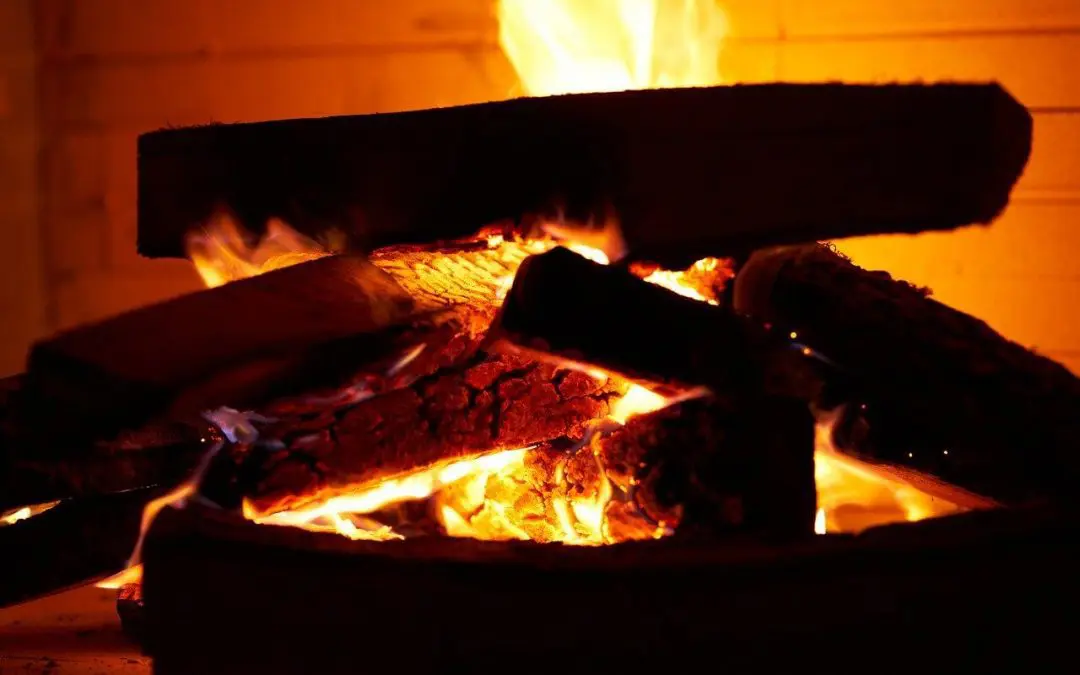When cold weather is approaching, get your home ready for winter. Most homeowners don’t give much thought to the fireplace until it’s time to use it. However, keeping it in good condition is necessary to enjoy a fire safely. Please follow the following four steps to prepare your fireplace for use in the cold season.
1. Before Lighting the Fireplace, Prepare Your House
Declutter Around the Fireplace
Before lighting the first fire of the season, remove anything that could catch fire. Keep furniture and rugs at least five feet from the flames.
Inspect the Fireplace Gasket
Many wood-burning fireplaces have a door gasket to keep smoke from escaping. Once a year, inspect the fireplace’s gasket. If the gasket is damaged, replace it.
Change the Batteries in the CO and Smoke Alarms
Install smoke and carbon monoxide detectors if you plan to use your fireplace or other heating sources. To maintain safety, test the alarms routinely and change batteries at least annually.
2. Prepare Your Fireplace for Use: Inspect the Chimney
Check the Chimney Cap
Uncapped chimneys may collect leaves, rain, animal nests, and debris. The cap also helps prevent wind from blowing down the chimney and forcing smoke into your living spaces. Hire a professional to replace a broken or missing chimney cap.
Trim Trees Around the Chimney
Branches overhanging the roof may catch fire if embers float up the chimney. While evaluating the chimney, trim any overhanging branches.
Inspect for Chimney Damage
Each fall, check the chimney for deterioration. Cracks, loose bricks, broken mortar, and other structural concerns can worsen with freezing and thawing cycles and soil shifting. If you detect issues, make repairs before winter.
Hire a Chimney Sweep
Hire a professional chimney sweep to clean the chimney at least once a year. Creosote, leaves, and other buildups can limit fireplace performance and cause fires. Your chimney sweep may also point out damaged areas that you overlooked.
Check the Damper Function
A damper controls airflow in a chimney’s flue. Pushrods, rotary control, or pull chains are opening and closing methods. When not in use, close the fireplace’s damper. Check the function by opening and closing it. The damper is open if you can feel a breeze or see the chimney.
3. Prepare Your Fireplace for Use: Prepare the Firewood
Fireplaces need dry, seasoned wood like oak. “Green” wood and softwoods like pine produce more creosote than hardwood. Buying locally grown wood supports the local economy and prevents the spread of invasive insects.
Keep the wood in dry, covered stacks, split-side down. Check firewood for dryness with a moisture meter before burning it.
4. Clean the Fireplace
Some fireplaces have blowers to spread heat. If your blower has a filter, clean it. Clean the fireplace door, and remove ashes from the catch tray.
Prepare Your Fireplace for Use with Professional Help
Frequent maintenance and fire safety measures help your fireplace remain safe throughout the colder months. If you don’t have the knowledge or time to maintain the fireplace, call a professional. When used appropriately, fireplaces provide warmth all winter.
Home Support Property Inspections offers home inspections to customers in Maryland and DC. Contact us to schedule our services.

